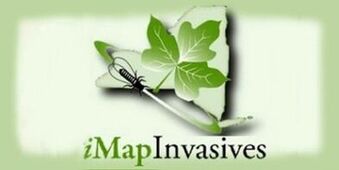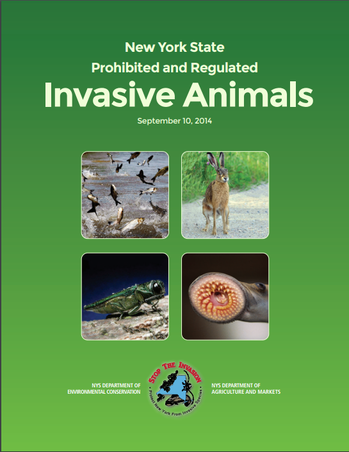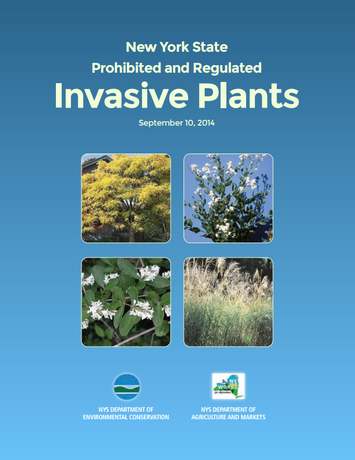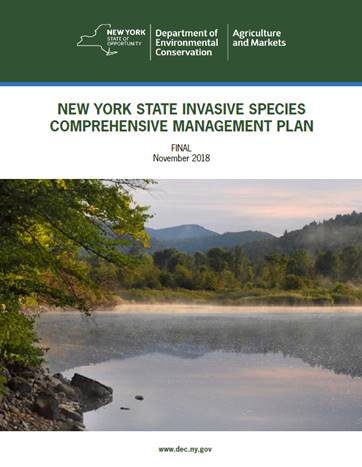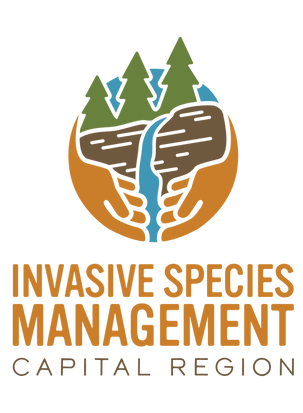Capital Region PRISM Invasive Species Strategic Planning Survey
Dear Partners and Community Members,
Since 2013, the Capital Region PRISM has worked with many people and organizations to address invasive species in the Capital Region. We have come a long way in that time, thanks to you! The Capital Region PRISM is revising our Five Year Strategic Plan; a guiding document that sets forth our mission, goals, and priority objectives for work. Because addressing invasive species in our large and diverse region depends on working together, we are conducting a survey to better understand why people are concerned about invasive species in the Capital Region, the ways people and organizations address invasive species, and how they want to work with the PRISM. As a partner or community member of the PRISM we hope you will take the survey to help shape the PRISM's work in the next five years. The survey should take about 10 minutes to complete.
Since 2013, the Capital Region PRISM has worked with many people and organizations to address invasive species in the Capital Region. We have come a long way in that time, thanks to you! The Capital Region PRISM is revising our Five Year Strategic Plan; a guiding document that sets forth our mission, goals, and priority objectives for work. Because addressing invasive species in our large and diverse region depends on working together, we are conducting a survey to better understand why people are concerned about invasive species in the Capital Region, the ways people and organizations address invasive species, and how they want to work with the PRISM. As a partner or community member of the PRISM we hope you will take the survey to help shape the PRISM's work in the next five years. The survey should take about 10 minutes to complete.
Current Species Highlight
|
Spongy Moth (Formerly known as gypsy moth)
The spongy moth is a defoliating insect native to France and originally introduced in the US in 1869. Generally preferring to feed on the leaves of oak trees, they also feed on apples, maples, hickories, birches, pines and much more. Caterpillars eat young, tender leaves in the spring, and in outbreak years can lead to mass defoliation. Typically however, the leaves will regrow (albeit somewhat smaller) by midsummer allowing the tree to continue photosynthesizing as normal. For a fact sheet from the Cornell College of Agriculture and Life Sciences NYS Integrated Pest Management Program, with information about identification, control, when you should worry and more, click here (leaves website). For the New York State Department of Environmental Conservation fact sheet with information on phenology, control options, helping trees recover from outbreak and more, visit the DEC fact page here (leaves website). For the leaflet from the USDA Forest Service with detailed information on life history, natural enemies, control and bio-controls and more, click here. |
|
What are Invasive Species?
|
Report an invasive Species
iMapInvasives is an online mapping tool that provides statewide invasive species distribution information to natural resource managers, scientists, and citizens. Learn about the program and start contributing data by attending an iMap training session. To schedule a training for staff, volunteers, or the public, please contact PRISM staff.
Upcoming Events
Contact a Coordinator
PRISM Coordinator: Kristopher Williams |

